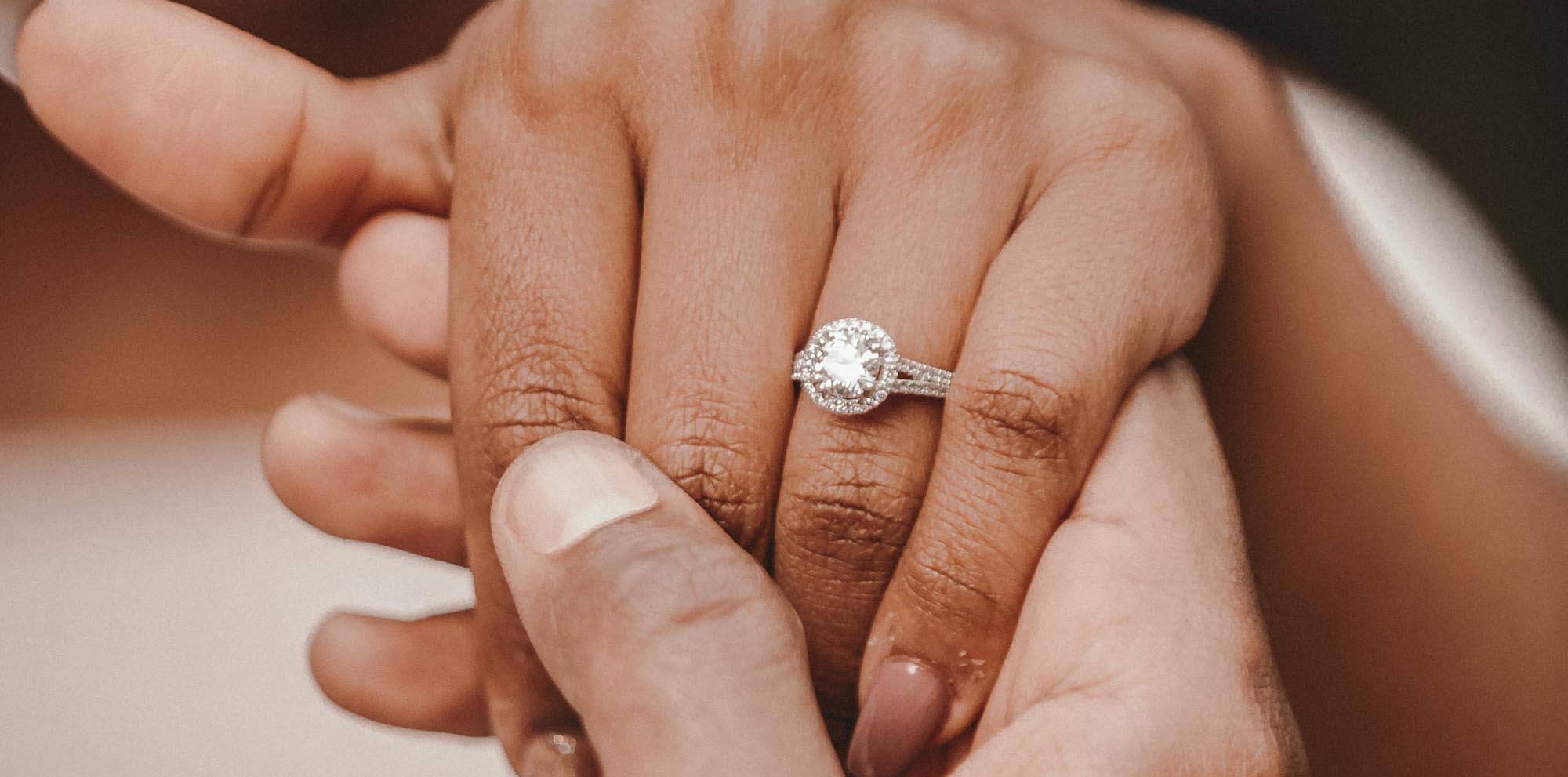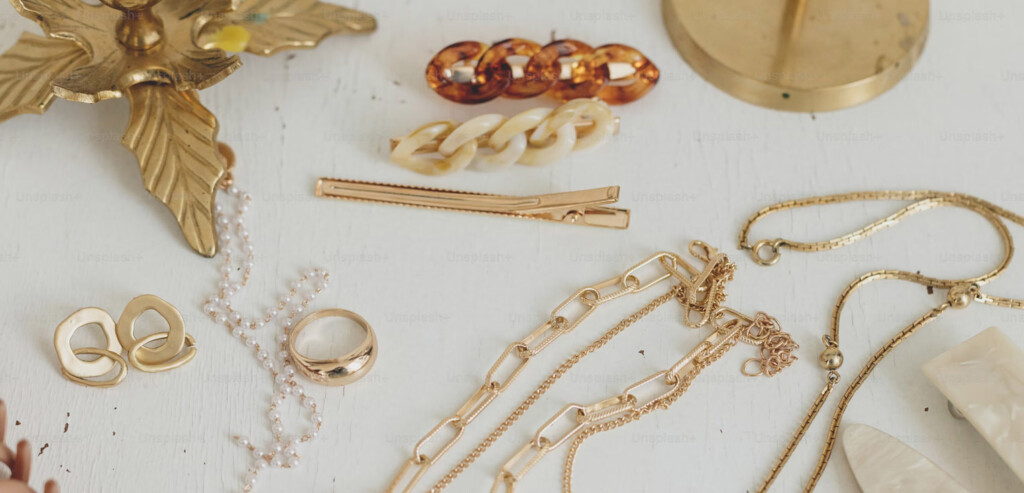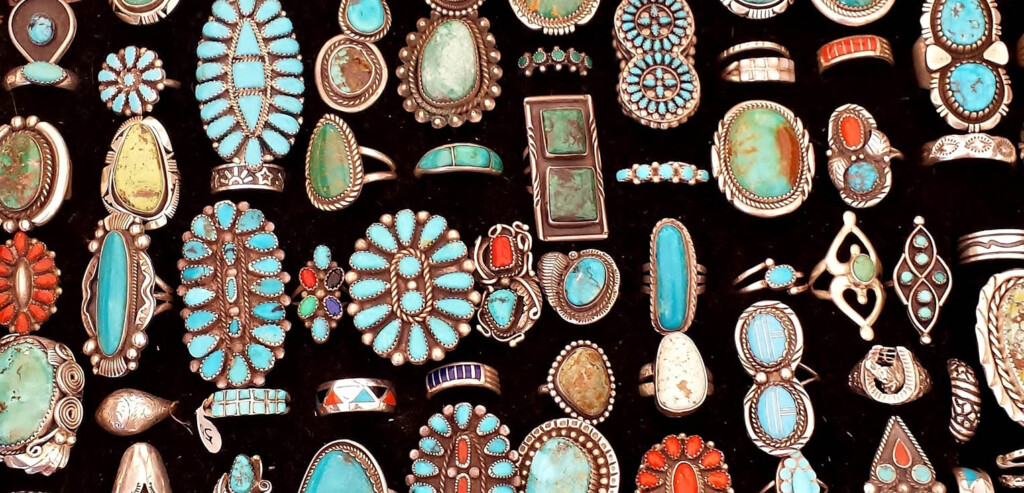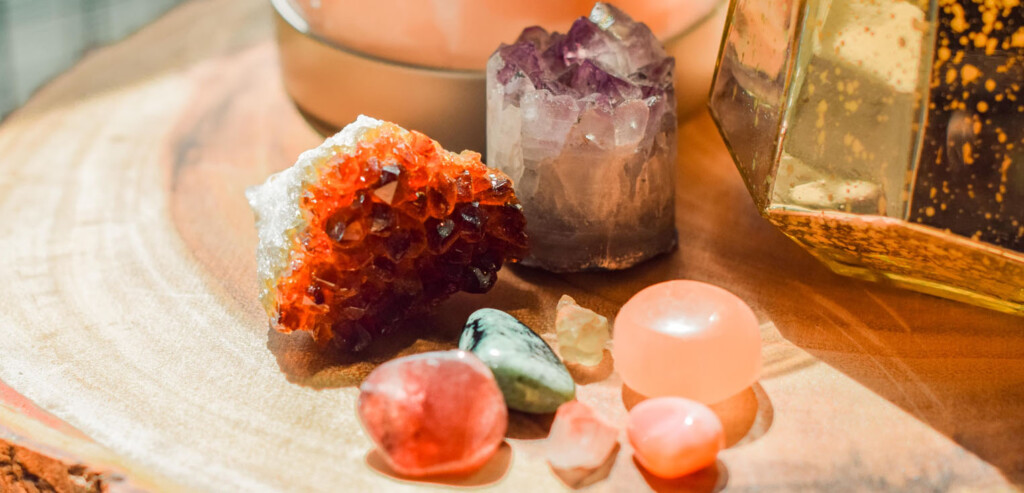When choosing a diamond, which of the four C’s should you focus on? With so many diamonds to choose from, finding the right one can be a daunting task. Cut, Clarity, Carat & Colour are all incredibly important to choosing a diamond, so you should have an in-depth understanding of the role they play in this special stone before committing to your new best friend.
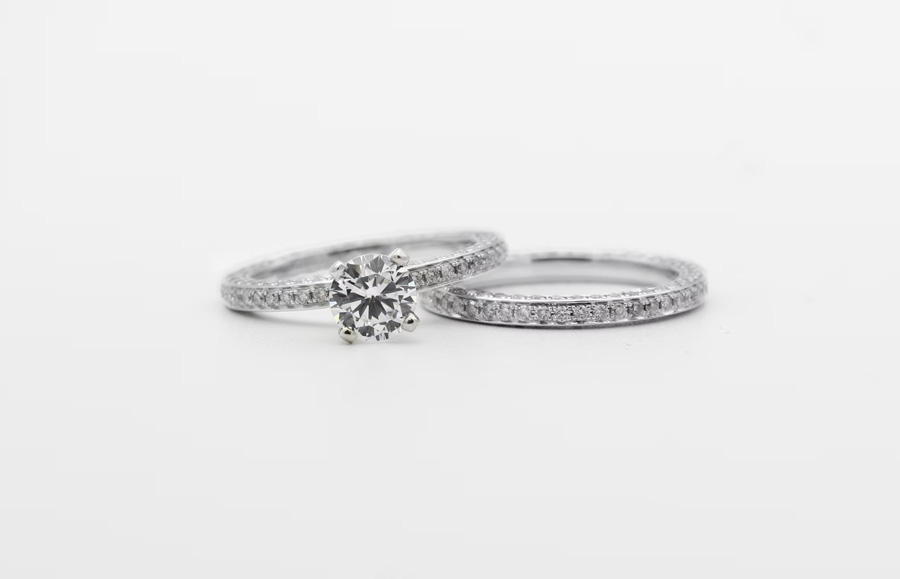
Cut
The Cut of a diamond is arguably the most important factor since it’s the most visible feature to the naked eye. Cut refers to the range of proportion sets the stone has, which provide the best return of light and sparkle.
Brilliant, step or antique?
A brilliant cut diamond has many facets which impart an exceptionally beautiful appearance, while step cut has square or rectangular features, so the facets are larger and parallel to one another. Brilliant cut diamonds include round, which are commonly used for solitaire diamond rings, as well as princess, cushion, oval and marquise-shaped diamonds, while step cuts include emerald and Asscher.
Antique cut diamonds refer to the techniques which precede modern-day processes, when diamond cutters would hand-cut diamonds into the desired shape and dimensions. Vintage diamonds are therefore less brilliant but emit a more romantic glow compared to a modern cut diamond, evoking the charm of the era in which they were created. This means that a vintage diamond will be held to a different standard to a modern cut.
The importance of Cut
The higher the quality of Cut, the more a diamond will sparkle and reflect light. Regardless of other factors, such as clarity and colour, if a diamond has been cut poorly it could appear dull. But a well-cut diamond, even one of slightly lower clarity, will still sparkle and scatter beautiful light patterns.
An ideal Cut diamond will interact with light in exceptional ways to create incredible visual effects, including fire, which is the scattering of white light into a rainbow of colours, and scintillation – the pattern of light and dark caused by reflections in the diamond. When choosing a diamond engagement ring, the right Cut can make all the difference to the jewellery’s appearance.
Cut grades
The Cut grades for diamonds range from Poor, Fair and Good to Very Good, Excellent and Ideal, and it’s recommended that when choosing diamond jewellery, you opt for either Very Good or higher for the best appearance and superior brilliance. Diamond Cut incorporates several factors, including symmetrical facets, angles, proportions and finishing details, which contribute to its overall aesthetic quality.
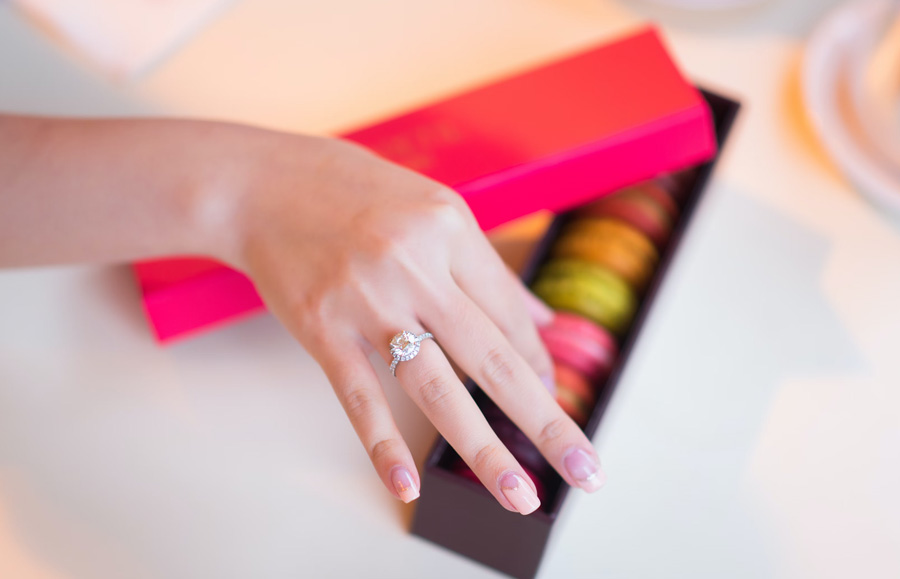
Clarity
The Clarity of a diamond is a metric which grades the visual appearance of the stone. A diamond with fewer inclusions and blemishes will have a higher clarity grade, and this naturally increases the price. However, it should be noted that not all of the imperfections which influence a diamond’s Clarity grade are visible to an unaided eye, and inclusions aren’t always significant enough to impact how a diamond looks to the casual observer.
Clarity grades
The larger the diamond is, the easier those imperfections will be to spot, which is where Clarity becomes more important. Grading for Clarity ranges from Flawless to I3, and the grade a stone is assigned will determine whether the inclusions can be seen easily or with some effort, or whether magnification is required to see them.
We recommend choosing a VS2 or SI1 grade for a brilliant cut diamond, or VVS2 to VS1 for a step cut diamond. Brilliant cut diamonds tend to hide inclusions more effectively, so if you’re opting for a step cut diamond, you may want to move up one clarity grade.
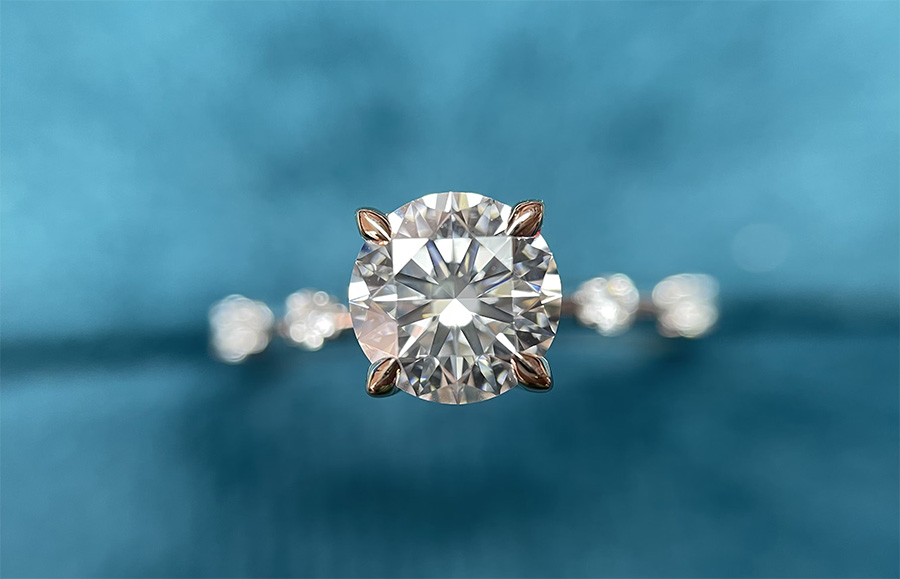
Carat
Carat refers to the weight of the diamond, rather than its size. When combined with the Cut, it can determine how large the diamond appears because of how much it will sparkle – a higher cut yet lower carat diamond will appear larger because the sparkle and light reflection will be so much more prominent.
While there may be imperceptible differences between some carat sizes, the price differences can be significant, so this should be factored in when choosing a diamond. Carat should be the last consideration when you’ve chosen the Cut and Clarity, as these two elements can alter how a particular carat appears.
Colour
Last, but by no means least, one of the most important and most visible to the naked eye is the colour of the diamond. Coloured diamonds are a separate category, but for white (or colourless) the jewellery industry adopted an alphabetical scale that ranges from D-Z – with D at the top. The further down the alphabet the grading, the further away from white or colourless the diamond becomes, as it develops a yellow or brown tint.
Colourless
- D
- E
- F
Near Colourless
- G
- H
- I
Slightly Tinted
- J
- K
- L
Whilst comparisons between diamonds far apart in the scale could be more obvious the the naked eye, it is not quite so easy when they are more closely separated. For instance, to determine the difference between D & G is very difficult. With that in mind, and the fact that D are so rare, it’s worth bearing in mind that a G diamond could save you up to 40% compared to a D.
Unless compared side by side, the majority of the scale will appear white under most lights. H grade diamonds are considered to be in between colourless and near colourless, and can again be a good value option when weighed up with the other considerations, as any slight tint would only be visible side by side a higher grade.
The impact of the wearer and setting
Another consideration to make when looking at carat size is the finger size of the wearer. For someone with a smaller finger size, a smaller carat diamond can still appear relatively large. Setting also affects which carat to choose, since larger carat diamonds, such as 2 carat or above, may require a particular style. For diamonds graded J,K or L, it would be advisable to have them set in rose or yellow gold to better disguise any slight colouration.
Choosing the perfect diamond
Do your research when choosing a diamond, based on your available budget, the shape and colour you or the wearer prefer, and the setting of the jewellery. Lighting is also a valuable tool in helping you decide which diamond you would like. Since a diamond has a highly reflective surface, light can impact how it appears, so it’s recommended that you view the diamond in three types of light – diffused, spot lighting and a combination of the two.
Diffused lighting, common in commercial settings, shows the pattern of light and scintillation of the diamond more clearly as there are fewer flashes of colour. Under spot lighting, LED lights or even direct sunlight, you’ll see much more fire, so this is an effective way of seeing how the diamond performs under bright lights. Finally, a combination will deliver the most pleasing visual outcome as you’ll see the pattern of the diamond more clearly along with the sparkle and fire of the stone.
Cut should be the priority when choosing a diamond, followed by the clarity & colour – and finally the carat, since the latter is impacted by the former. Together, these three elements will produce a beautiful diamond that delivers incredible appeal.
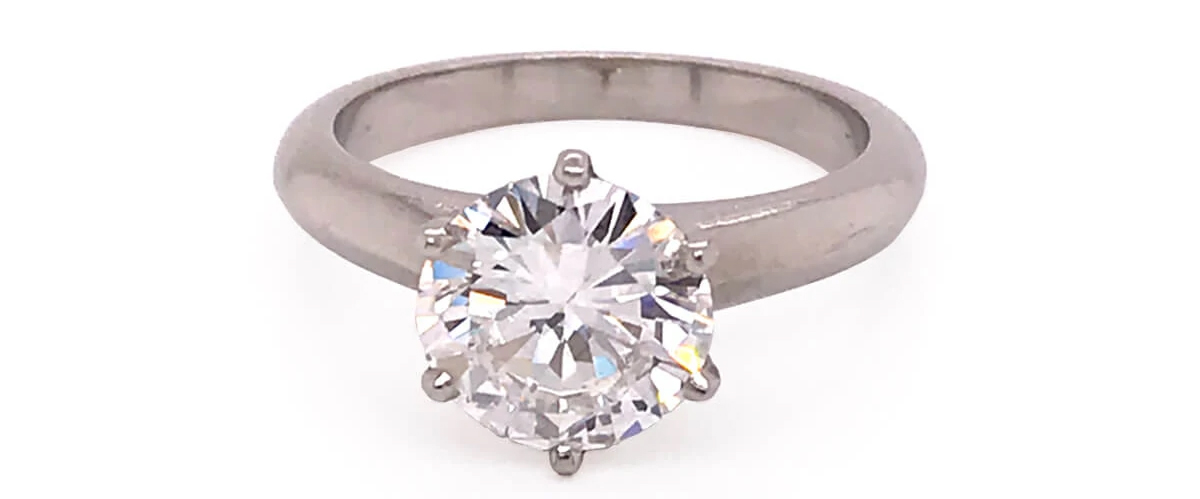 |
Round Brilliant From just £685 |
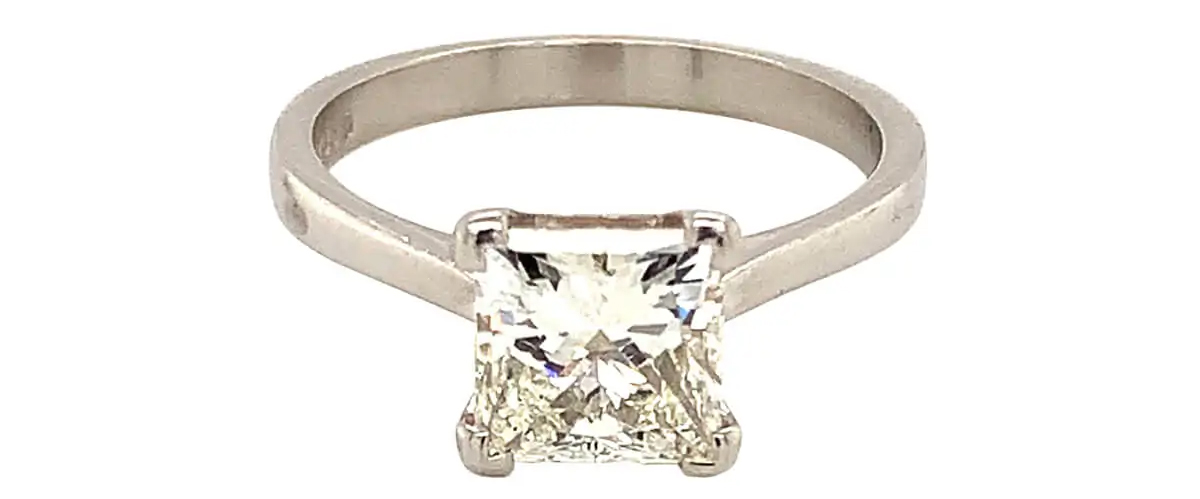 |
Princess From just £1,875 |
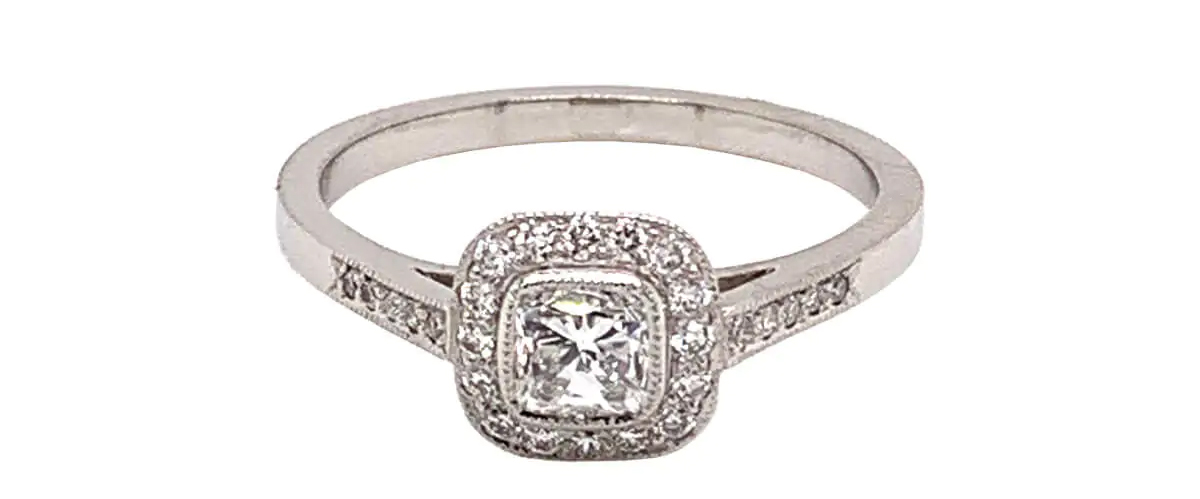 |
Cushion From just £1,950 |
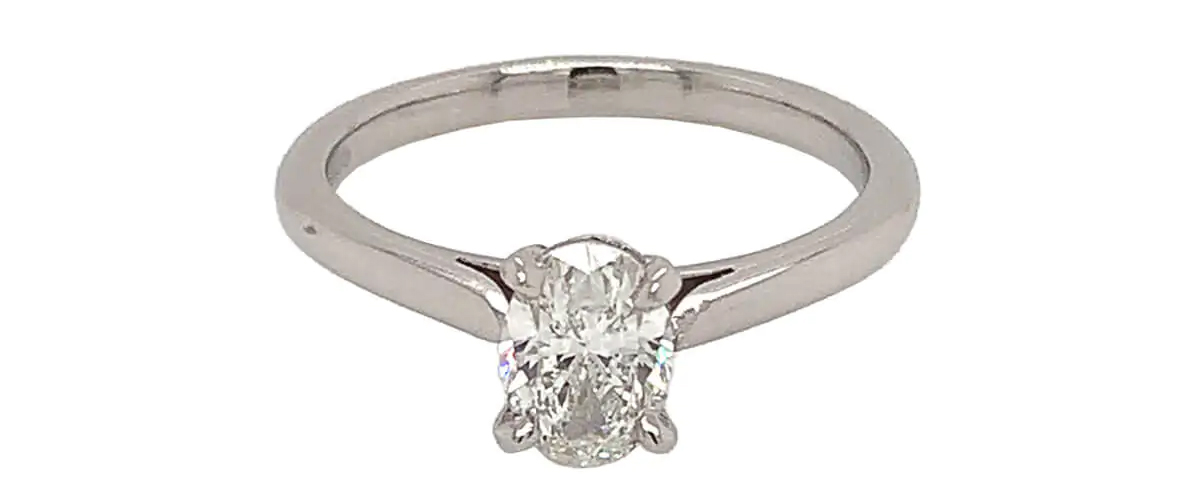 |
Oval From just £1,150 |
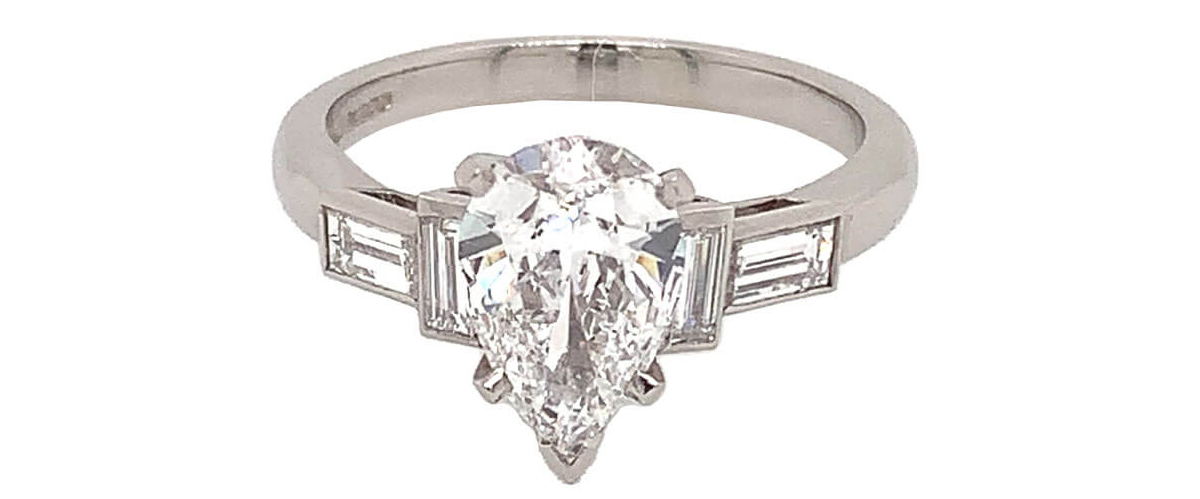 |
Pear From just £1,265 |
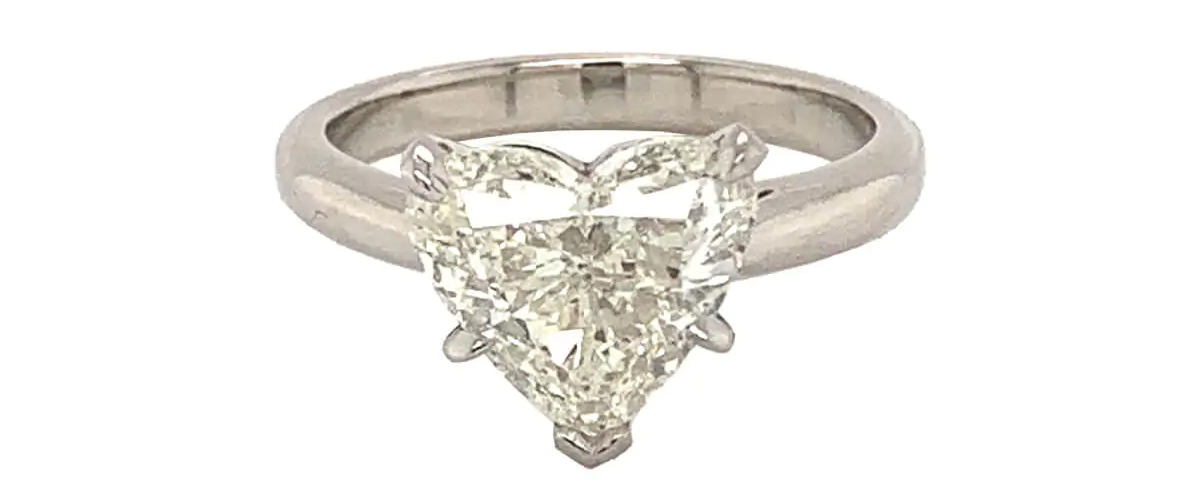 |
Heart From just £1,265 |
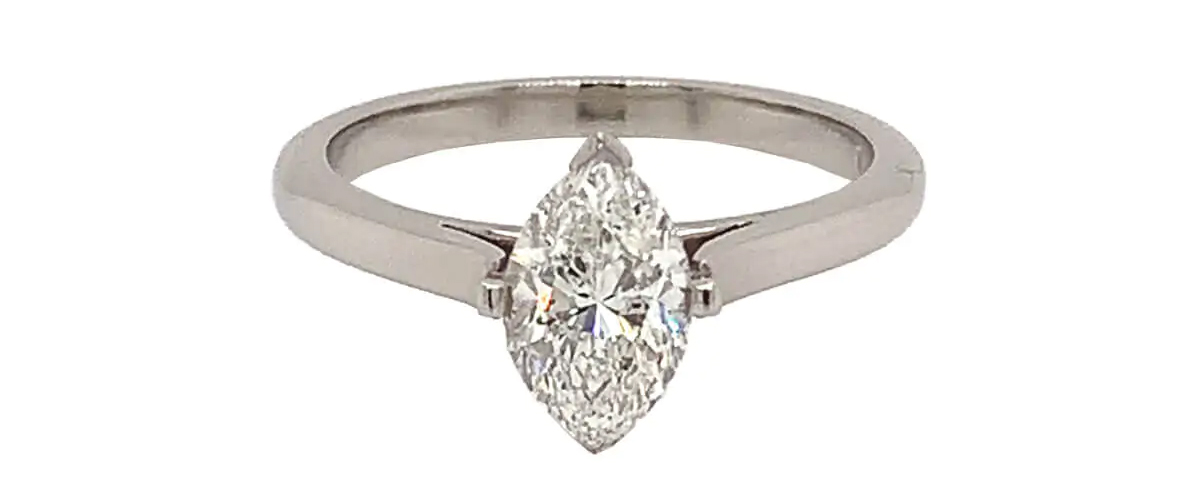 |
Marquise From just £2,250 |
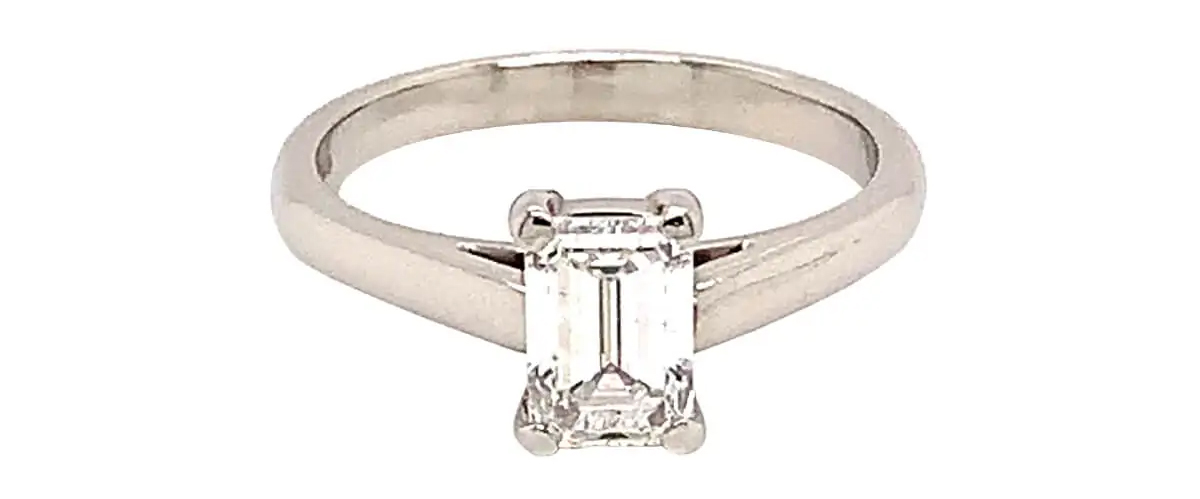 |
Emerald From just £1,265 |
View our extensive diamond collection
To see the collection of diamonds Cry for the Moon have available, please don’t hesitate to contact us or visit us in store. Our friendly team will be on hand to show you the beautiful pieces we have in our collection and answer any questions you may have.

